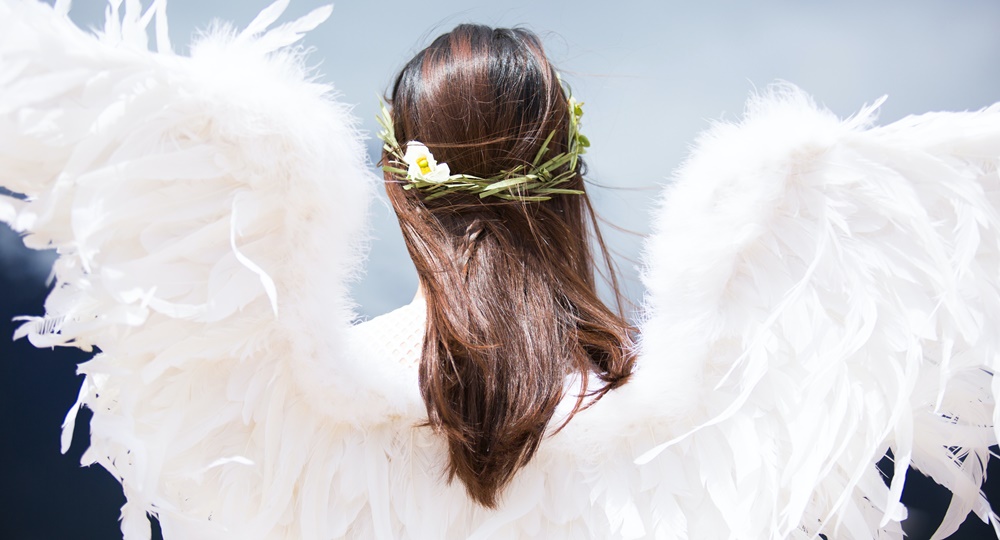Where do Angels Come From?
In this article, we will try to find out where do Angels come from. The source of a word often holds the key to its origin and its meaning. This is the case with the word “angel” which originates from the Latin “angelos”: the messenger of God. In fact, the word “angelos” was the translation of a much older Hebrew word: Mal’ak or Malakh. This also meant ‘messenger’ and its origin goes back to at least 1000 BC.
God’s Messenger
The 5th century BC saw the coming of the prophet Malakhi or Malachie (translated as my messenger). He announced the coming of another prophet, Elihaj, whose name signifies ‘the day of God’. Because of its associations with prophets, “angelos” came to mean a messenger of God, a divine postman, an intermediary between heaven and Earth. This imagery can also be traced to the Greek and Hermes-Mercury who, according to Greek mythology was an intermediary between gods and men. He was depicted with winged ankles and was a symbol of intelligence, spirit, and genius.
However, this does not explain the way we came to believe in the virtues and powers of angels and to invoke their name, their protection, their comfort, and their help. Indeed, if we understand correctly, in some biblical texts of the Old and New Testament, the role of prophets and messengers, or envoys of God represented by angels, it is difficult to see how they can influence someone’s destiny, by becoming their guardian angel. To understand this, you need to go back to the 5th century BC, in Iran, when Zoroaster used to prophesy.

From Gods to Angels
At that time, Zoroaster founded a new religion which he called ‘Zoroastrianism’. The basis of this new religion was the joining of three religious cultures: those of India, Greece, and the Middle East. According to Zoroaster, Destiny is the greatest universal principle by which all life, on Earth and in Heaven, must abide. Zoroaster’s teachings are contained in the Avesta. He said that there were two principles in life, good (Ahura Mazda) and evil (Ahriman). All life is the struggle between these forces and the outcome is man’s Destiny. However, goodwill eventually outweighs evil but man’s state after death will depend on the choices between the two forces which he made during his life.
Apart from the Hebrews, who only believed in one God, all other cultures contemporary to Zoroaster had multiple and varied sacred divinities, each of them responsible for, or exerting some power or influence over life and nature. Zoroaster had the inspired idea, or vision, to integrate these divinities into his religion, and he made them guardians, protectors, rulers of the earth, and of the destiny of men.
According to the Zoroaster religion, each divinity becomes the guardian of the Destiny of natural elements, plants, animals, and men. Anyone can have their own protecting divinity, their guardian spirit, their helper – whom Zoroaster’s principles call Yazata, ‘the Adorable’, to preside over their Destiny. From divinities to angels, the path was taken: the angel became both Malakh and Yazata, the messenger and the adorable.
From Angels to Men
At the beginning of the 6th century AD, Dionysius, a Syrian monk, inspired by Jewish, Christian, and Zoroaster beliefs, and influenced by two greek philosophers – Plotinus and Plato – created a celestial hierarchy, a world of angels, divided into nine levels. This hierarchy became integrated into the Christian doctrine and played an important role during the medieval period. Throughout the Middle Ages, and until the Renaissance, angels acquired greater importance in the eyes of men and finally became their protectors and their helpers.
Angels and divinities
During the 16th century, there was a renewal of interest in angels. They became a cult among scholars and philosophers. Heinrich Cornelius Agrippa von Nettesheim, a german doctor of philosophy, a barrister, a doctor, and astrologer, published simultaneously in Antwerp and Paris in 1531 a book called Occult Philosophy in which he stated: “No one is unaware of the fact that, through good work, a pure spirit, mystical orations, pious fortifications, and other similar things, we can draw angels from the heavens. We must not doubt that, similarly, through material and worldly things we can also attract divinities of the world, or at least their accompanying spirits who act as their agents”.
Structure of the celestial hierarchy
According to Dionysius, the celestial hierarchy included nine spheres or choruses of angels, each comprising nine angels: the seraphs, the cherubs, the thrones, the dominions, the powers, the virtues, the principalities, the archangels, and the angels. From this structure, astrologers and Cabalists from the Renaissance placed all 72 angels from the celestial hierarchy along the 360 degrees of the zodiac, each angel having his house in a segment representing five degrees of a zodiac sign. On our site, “Zodiac 12 Signs“, you can find out detailed information about all signs of the zodiac and much more.
